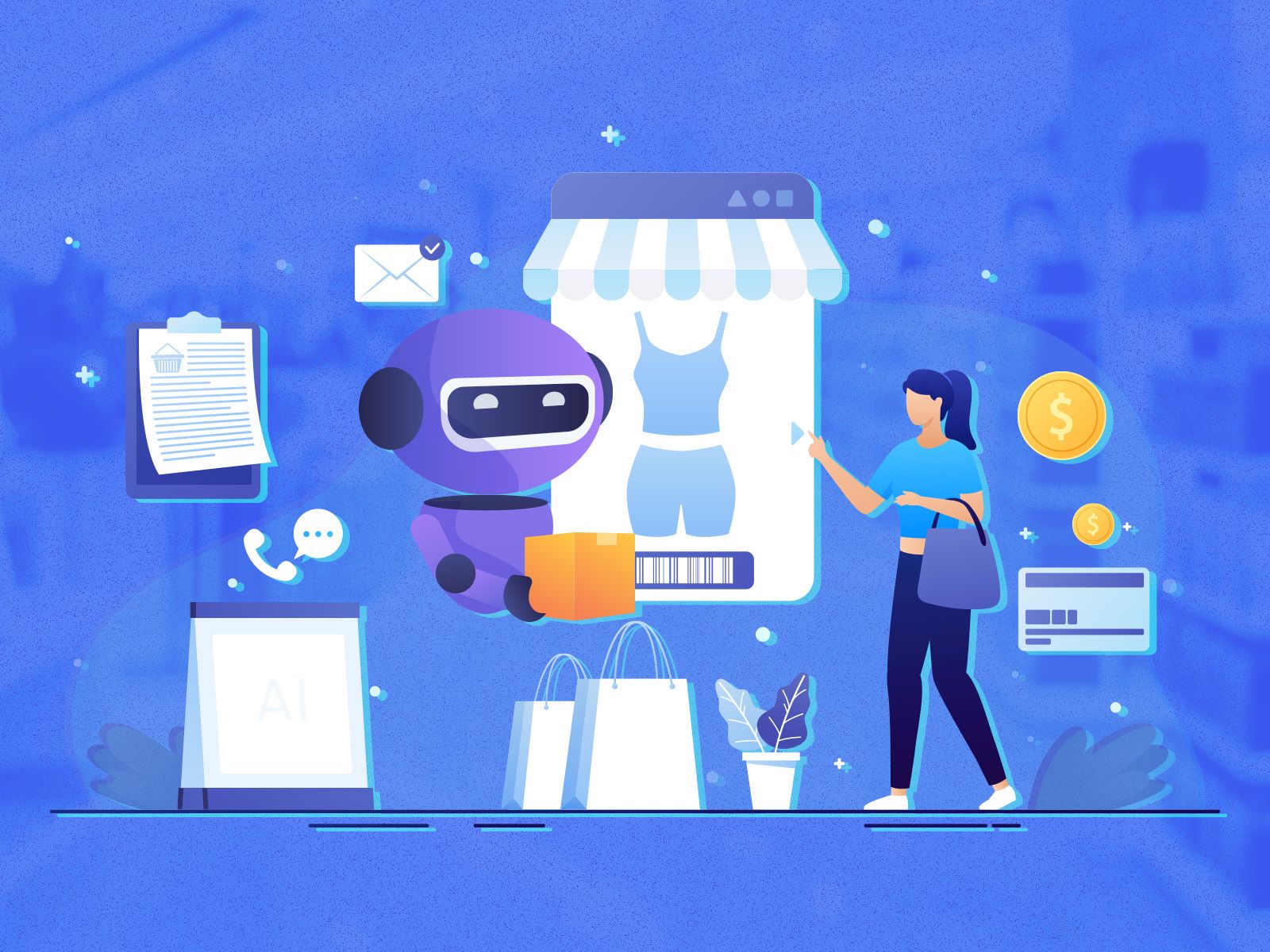8 Myths Holding Back Manufacturers From Innovating At Scale

Illustration: © AI For All
AI Innovation in industrial manufacturing is needed to solve complex business problems. Yet, managing the change that accompanies the innovation is complex. But once you’ve busted through some common myths and found the right partners, the process becomes much easier.
Change is hard, but it’s something we encounter all the time, both in business and our personal lives. And yet, innovation and change are what drive organizations forward, growing and delivering increased value to customers, the ecosystem, and the market.
In addition to driving transformation and change, today’s executives and plant managers are also responsible for bringing new products to market – and doing it faster and with higher margins. They also have to compete for talent in a competitive market, work to make their operations more sustainable, and be a meaningful member of their communities.
That’s a lot to juggle.
Busting The Myths
To reduce the friction that can be involved in implementing new technology and help our customers achieve value at scale at a rapid pace, we just released our Fast Track Methodology, designed to make it easy for companies to bring AI-driven innovation to their organization while managing the change required.
As we developed the methodology, we identified certain recurring myths across the industry that were slowing any efforts at implementing innovation at scale.
So, we’re here to bust these myths in the name of driving the industry forward.
Myth #1: I Can Delegate Transformation
We still see leaders skipping the process of change management - and driving AI transformation always involves managing change. Sure, it’s a lot easier to approve a big transformational project and then ask for updates from the team executing the change. It’s much harder for a leader to stay involved.
Yet, as an executive sponsor, the team needs you to set the priority, help manage the roadblocks, give the business context, and create alignment internally. It’s most efficient for the sponsor of the project to do this, as it saves the team hours and helps ensure you get the results you are investing in.
Myth #2: Change is Top-Down and Not a Team Sport
Context is everything. As kids, parents told us to do a lot of things we didn’t necessarily understand - like not leaving the shampoo bottle in the corner of the shower. However, when they finally explained why, and once you had the context and understood the problem they were trying to solve, it was easy to agree.
Just like 13-year-old you, no employee wants to be told what to do. Especially when you’re disrupting their typical way of working by bringing on a new AI solution. They want to understand the problem you’re trying to solve with AI, understand how you’re thinking about solutions, and be given an opportunity to weigh in on options. They want confidence that this isn’t another special project that will be de-prioritized once the next leader joins. As a digital transformation leader and change agent, this makes all the difference in creating advocates for your AI project, and any other disruptive technology you think will be impactful for your organization.
Myth #3: Once the Ball is Rolling, Your Job is Done
It’s the old saying: seeing is believing. Besides context, your end users of any technology need to see the product in action, understand how it will make their lives better, and what goals it will help them achieve. (It’s also important to instill the confidence that they will still have a job even after the technology is live.) Once the ball is rolling, celebrate those wins. Word will spread, hearts and minds will be won over, and trust will be built.
Myth #4: Each Site Should Pay Their Own Way
Speaking of confidence, leaders need to give their teams the confidence that comes with corporate providing the full budget. Remember, change is scary and intimidating. Not only do teams need your help setting the priority of the transformation project, but they also need your wallet to build trust.
In fact, we’ve seen the organizations that fund initial roll-outs for the first two years generate greater adoption and ultimately the impactful outcomes they are looking for. This removes a significant barrier to execution and increases speed-to-value.
Myth #5: Fast Means a Half Dozen Sites a Year
Now, let’s get technical again. Manufacturers are thinking too small and slow when it comes to scaling. Many think implementing technology in four to six new sites a year will be a big win for them (and of course, this number varies between industries). It may take a bit to gain alignment at the plant leadership level and to formulate the correct sequence of sites to deploy into.
Despite this, the forward-thinking leaders in our ecosystem are driving full global roll-outs (north of 25 sites) in 12 to 18 months – without compromising quality for speed.
Myth #6: This Site is Not Technologically Mature Enough
We also see leaders assume their sites need a certain level of technological maturity for something so advanced as AI. The truth is, sometimes the sites that are less interested in adopting new technology have the most to gain from a Production Health program.
Myth #7: It’s Too Expensive
If a solution has proven ROI in months, why is price even part of the conversation?
Myth #8: You Have to Build It Alone
Leaders need to find a vendor with a partnership mindset. Gone are the days of buying software like you order hardcover books, only to find them on the shelf years later having never been read (or installed). Today, you need a vendor who understands your business, falls in love with your problem, and is dedicated to helping you drive business results. But yes, you still have to pull your own weight (see above).
Change Is Hard But Good
Mastering AI innovation and digital transformation transformation is hard- yet the disruption is what will allow you to achieve critical business objectives in new and different ways. Managing the change that runs in parallel are steps that are often skipped.
Manufacturing
Digital Transformation
Author
A leader in Machine Health and Process Health solutions, Augury uses purpose-built AI technology, trained by industry experts and the world’s largest data library, to help manufacturing and industrial companies eliminate production downtime, improve process efficiency, maximize yield, and reduce waste and emissions. Our global customers achieve 3-10x ROI, often in a matter of months. Augury operates in a variety of manufacturing sectors such as food, beverage, CPG (consumer packaged goods), pulp and paper, forest products, chemicals, building materials, and pharmaceuticals as well as in the energy market.
Author
A leader in Machine Health and Process Health solutions, Augury uses purpose-built AI technology, trained by industry experts and the world’s largest data library, to help manufacturing and industrial companies eliminate production downtime, improve process efficiency, maximize yield, and reduce waste and emissions. Our global customers achieve 3-10x ROI, often in a matter of months. Augury operates in a variety of manufacturing sectors such as food, beverage, CPG (consumer packaged goods), pulp and paper, forest products, chemicals, building materials, and pharmaceuticals as well as in the energy market.









